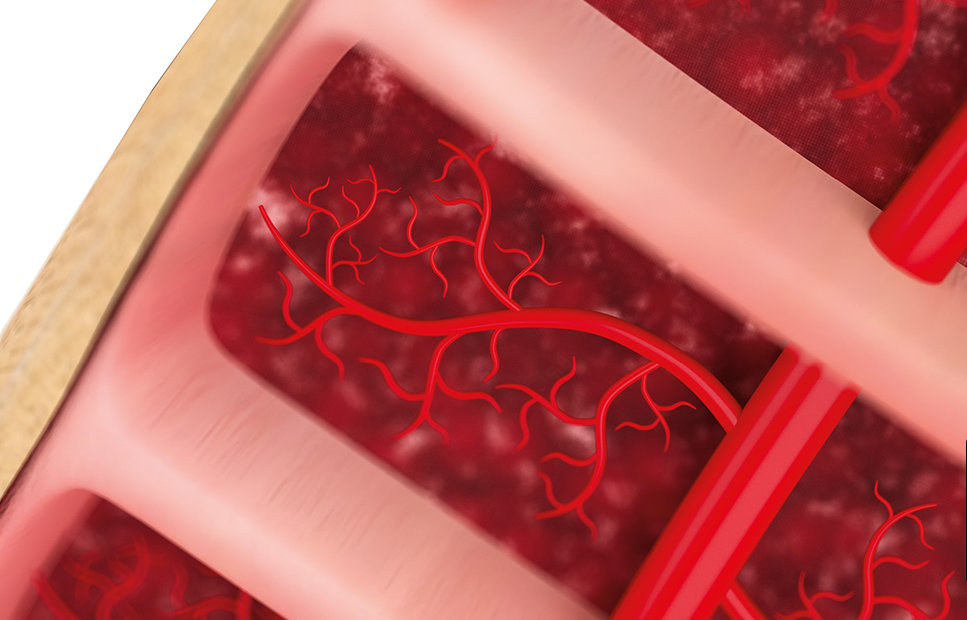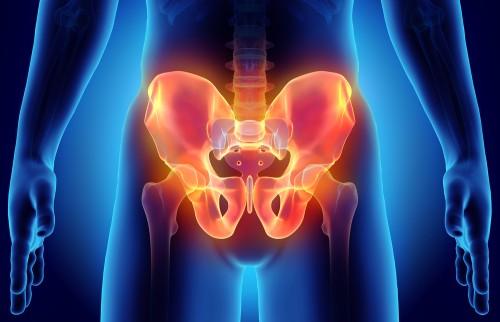Prostatitis and Pelvic Pain
Prostatitis (or prostatitis 3b) or Chronic Pelvic Pain Syndome (CPPS) are often considered synonymous where pain in the pelvis is of a persistent nature. Prostatitis, as a condition relates to a bacterial infection affecting the prostate gland. It is a condition that resolves with anti-biotics from your GP. You should obtain a culture to appropriately identify the pathogen and adminsiter the correct medication. Even after an episiode of bacterial infection, inflammation may persist and lead to a persistent and ongoing pain syndrome. This may give rise to a number of different symptoms including pain and problems with sexual function and toileting. We collectively call these symptoms Chronic Pelvic Pain.

Chronic Pelvic Pain
Once bacterial infection and inflammation have resolved some patients are left with pain and dysfunction affecting toileting and sexual function. Such symptoms are very common affecting 1 in 7 men. You may have been seen by a colorectal specialist or urologist with multiple tests and only negative findings. CPP is therefore a diagnosis often determined by a process of elimination.

Pain may start in the bladder or bowel. It may be located in the lumbar spine, groin or hip. It may also start in a joint or muscle. You may have pain i the penis, have issues urinating or getting an erection. It may not have even started with prostatisis in mind. This can, on occasions, delay treatment because we are searching for an identifiable cause. This is often necessary to exclude any serious pathologies like cancer.
Pain is considered ‘chronic’ when it has been present for more than 3 months. We have limited understanding as to why some men experience pain for a short time and then recover, while others are left with pain for many years. Whatever the cause, after three months there is often sensitisation of organs or muscular structures in the pelvis.
We need to let go in order to pass urine or for sufficient blood flow for erectile function. Signs and symptoms are varied, mixed and often do not a clear algorithm for diagnosis. Clinical examination with a solid patient history is essential. However, typical symptoms may include:
- Low back pain, abdominal, buttock or groin pain
- Urinary symptoms
- Rectal symptoms
- Pain on sexual activity
- Loss of Libido, erection or the ability to ejaculate
- With Low mood, anxiety, often difficultly with relationships
- Pain in the penis

